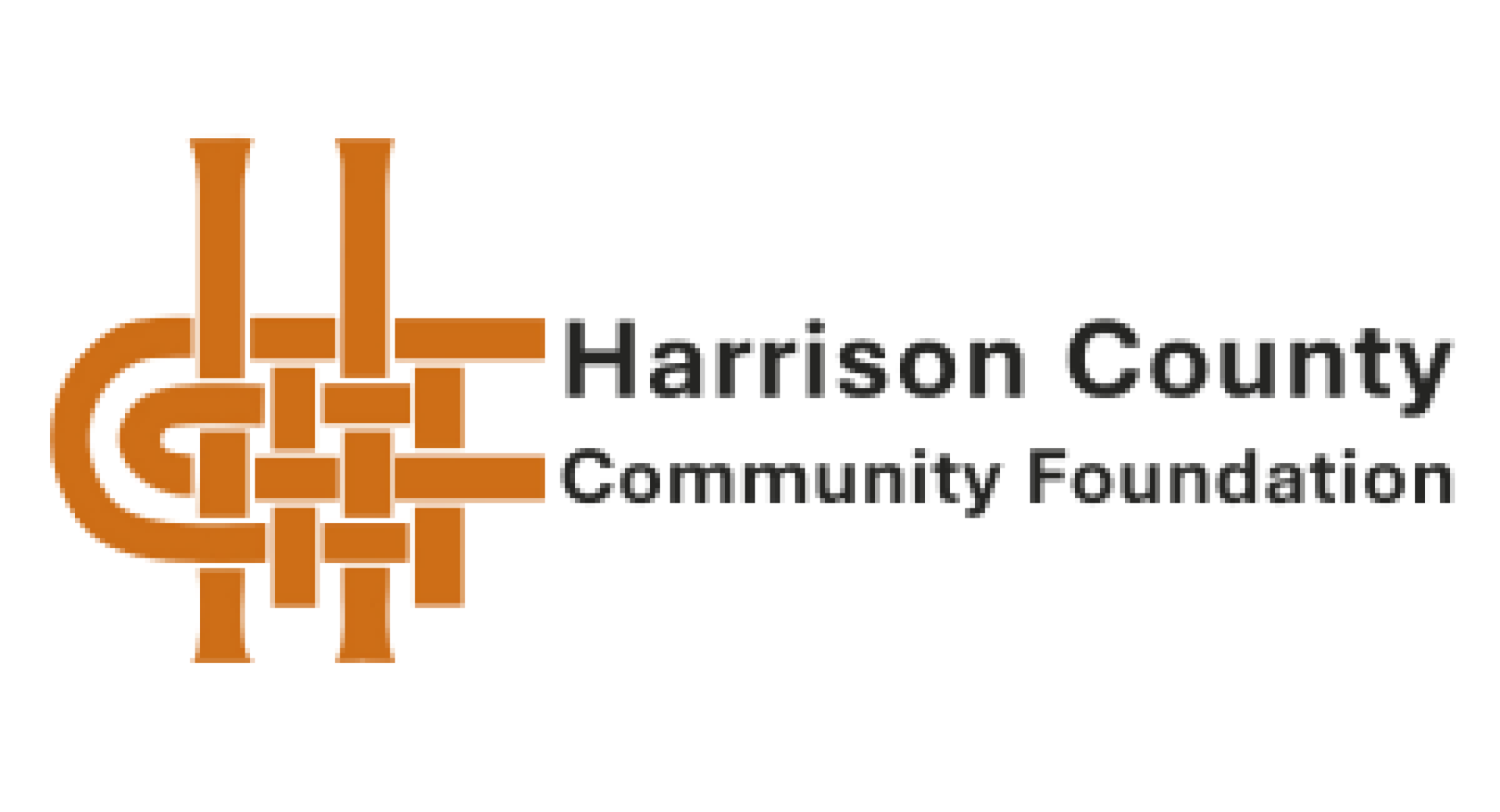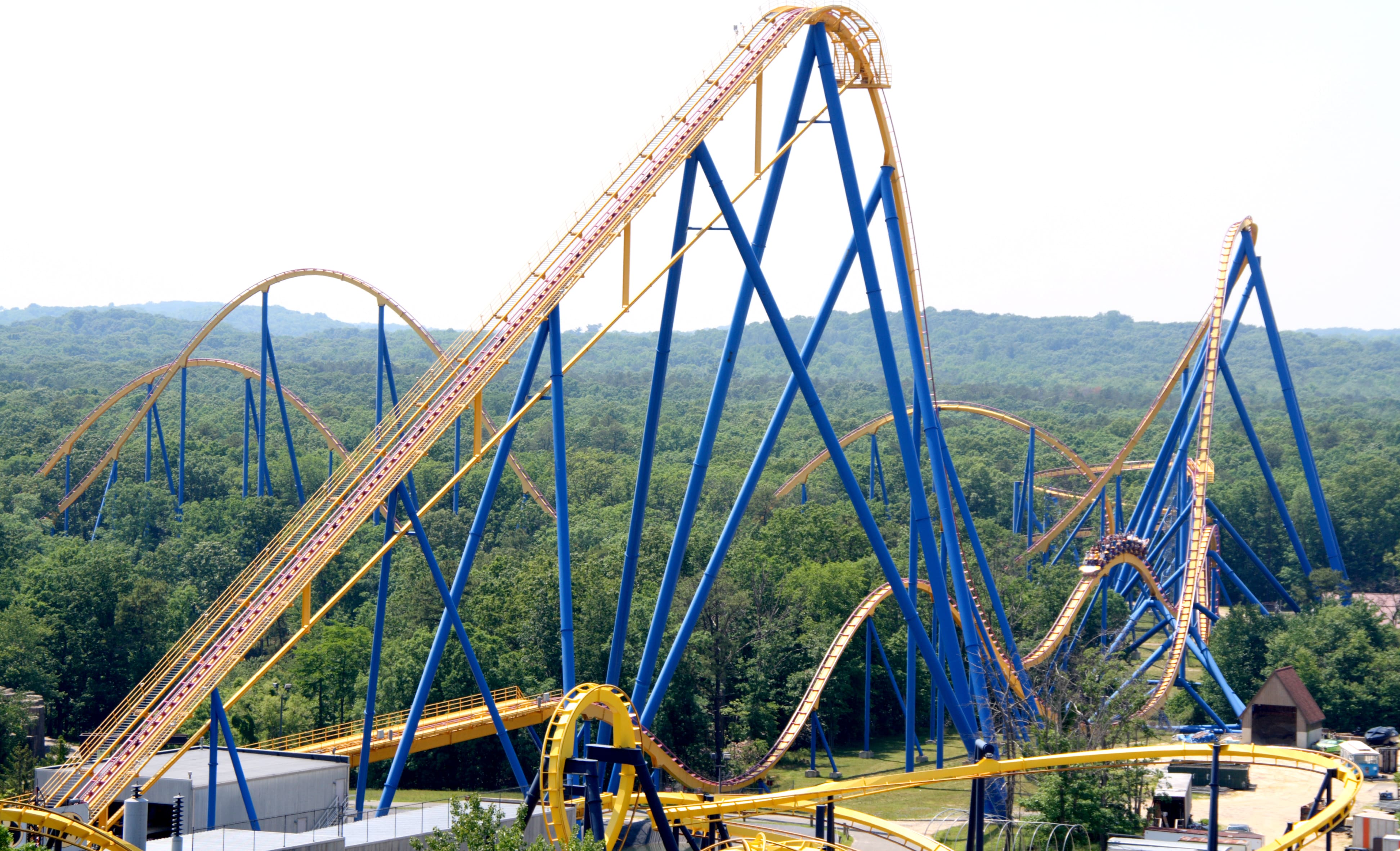Endowments without roller coaster effect


Before 2007, organizations' endowment funds were impacted by the roller coaster effect, where periods of negative investment performance could reduce or eliminate endowment spending. Since 2007, the roller coaster effect has not existed, so periods of negative investment performance do not automatically reduce or eliminate endowment spending.
Recent events have caused many to worry about their financial investments. Those who have established endowment funds or benefit from an endowment may be anxious to know how the current market downturn will affect them.
Endowed funds at the Harrison County Community Foundation (HCCF) are intended to provide a perpetual income stream for local nonprofit agencies and designated purposes benefiting Harrison County residents. Being endowed, these funds are expected to be everlasting and permanent.
Endowments must follow not only the initial Endowment Fund Agreement and HCCF policies, but also state and federal regulations. These various policies and regulations are intended to protect the endowment fund.
The HCCF Finance Committee is tasked with investing endowment funds in a manner safeguarding against inflation and spending. While inflation fluctuates over time, HCCF has kept a steady spending policy for endowment funds. Currently, all HCCF endowment funds use a 5 percent spending policy, with the exception of scholarship funds, which are held at 4 percent.
Consistency is extremely important for endowment funds, as these monies are often crucial to supporting local agency operations and programs. Agency staff must be able to budget regularly for their program's success. The current spending policy allows these budgets to be funded consistently, but this has not always been the case.
Before 2007, the Uniform Management of Institutional Funds Act (UMIFA) did not allow spending to exceed the amount of interest and gains above the endowment's historic dollar value. This act created a roller coaster effect, where periods of poor or negative investment performance could reduce or eliminate endowment spending. Changes in investment performance could be detrimental to those groups depending on income from the endowment.
In 2007, consistency arrived in the form of the Uniform Prudent Management of Institutional Funds Act (UPMIFA), which replaced UMIFA. This act removed the roller coaster effect by allowing endowments to spend below their historic dollar value, as long as the spending rate preserved the purchasing power of the principal over the long term. As a result, any period of poor or negative investment performance does not automatically reduce or eliminate endowment spending.
The HCCF Finance Committee's current investment strategy is expected to generate approximately 7 percent annual growth on average over a long period of time. The difference between expected investment growth at 7 percent and the spending rate for most endowed funds at 5 percent leaves a remaining 2 percent to cover annual inflation, and therefore preserve the purchasing power of the endowed gift.
The Finance Committee meets quarterly to discuss investment policy and strategy, and more often if needed, as with the current market situation. As long-term investment forecasts and perspectives change, so might HCCF endowment investment strategies and spending policies to ensure these funds are permanent and consistent over time. These efforts will enable HCCF to continue serving our community even in these difficult times.
If you have any questions about HCCF's investment strategy or endowment funds, contact Derrick Grigsby, HCCF Chief Financial Officer, at derrickg@hccfindiana.org.
